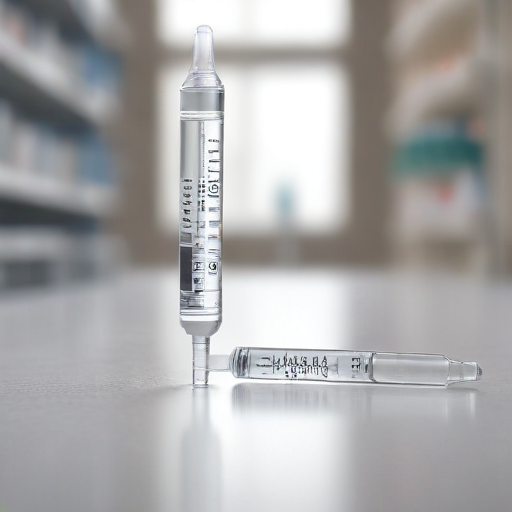A recent study published in the Annals of Internal Medicine highlights a significant shift in the prescription patterns of GLP-1 drugs, revealing that the number of people without diabetes receiving this treatment is on the rise, while new prescriptions for diabetes patients are declining.
GLP-1 medications are designed to mimic a hormone that helps regulate blood sugar levels and suppress appetite. Initially created to manage type 2 diabetes, the FDA expanded the approval of GLP-1 drug Wegovy for weight loss in 2021. This shift has led to increased demand for these drugs, causing challenges for manufacturers Novo Nordisk and Eli Lilly in meeting the growing needs of the market.
Researchers from Cedars-Sinai Medical Center and other institutions examined medical records from 45 million Americans who visited healthcare providers between 2011 and 2023. Their findings revealed a drop in the proportion of new GLP-1 users with type 2 diabetes, from nearly 90% in 2019 to over 70% in 2023, while the percentage of new GLP-1 users without diabetes surged from 10% to 25%.
Yee Hui Yeo, co-first author of the study, remarked on the implications of this trend, stating, “This data suggests that more healthcare providers are seeing the benefits of these medications for treating obesity, which is a significant public health shift. However, it also raises concerns about potential medication shortages and the need to ensure that patients with diabetes still have access to these treatments.”
While the study relied on data from healthcare software company TriNetX, which may not represent the entire population, it reflects a larger trend. GLP-1 drugs are gaining popularity not only for their effectiveness in managing weight, but also for their potential to help users lose up to 26% of their body weight.
The soaring sales of GLP-1 drugs have elevated Eli Lilly and Novo Nordisk to the status of some of the most valuable pharmaceutical companies globally. However, this demand is complicating patients’ ability to fill their prescriptions. In response, both companies are investing significantly to enhance their production capabilities.
Market analysts predict that by 2030, the global market for GLP-1 drugs will soar to $105 billion, with an estimated 31.5 million people in the U.S. — about 9% of the population — expected to adopt these treatments by 2035.
This situation presents a dual scenario: on one hand, the growing acceptance of GLP-1 drugs showcases a significant advancement in obesity treatment and the recognition of its public health implications; on the other hand, it emphasizes the urgency for the pharmaceutical industry to ensure that those suffering from diabetes continue to have access to these critical medications.
In summary, the evolving landscape of GLP-1 drug prescriptions reflects changing perceptions of obesity treatments while highlighting the importance of balancing access for all patients. This period of adaptation and innovation in the pharmaceutical field may lead to broader solutions for individuals facing weight management and diabetes challenges in the future.
